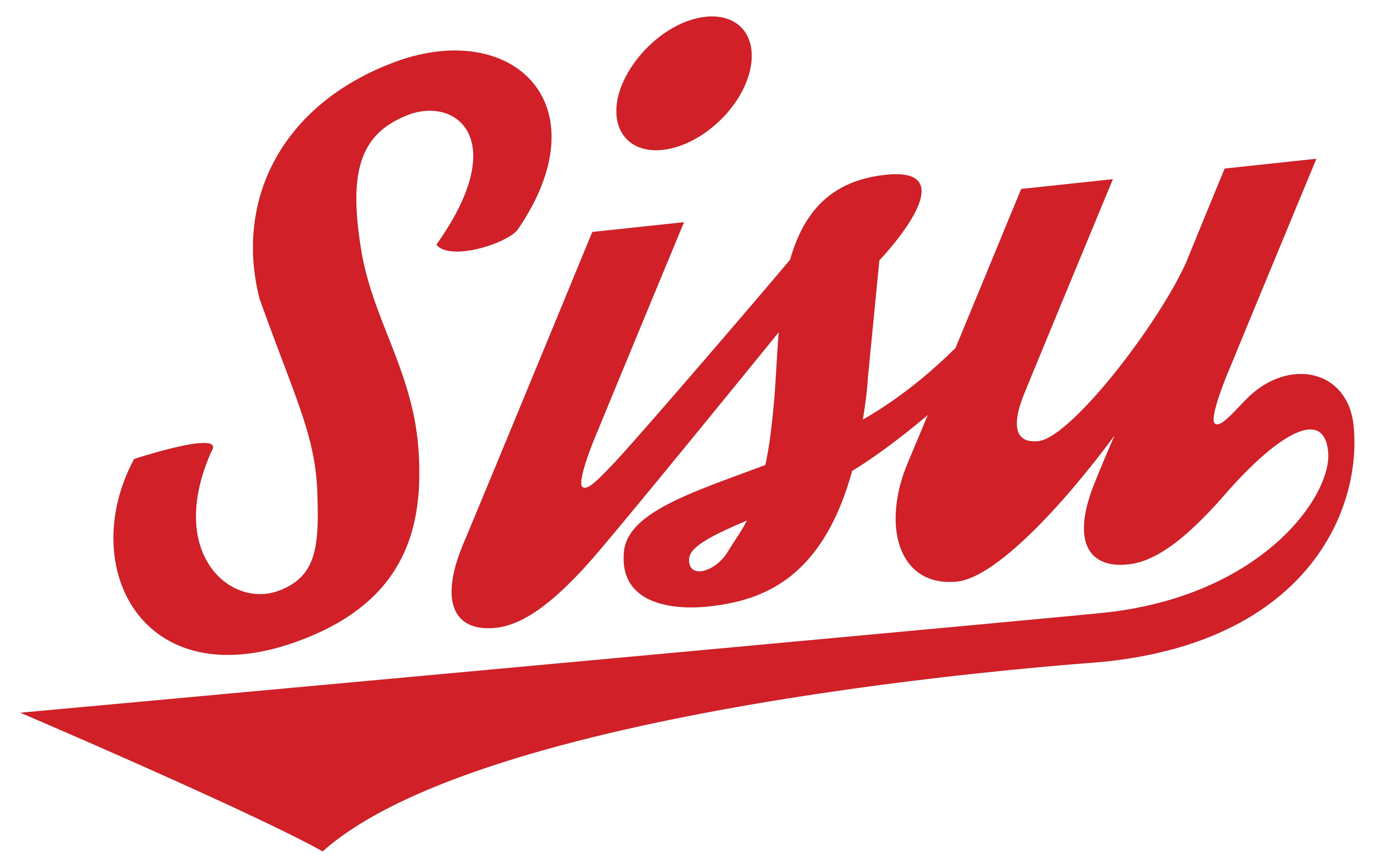Active Recovery: How Yoga Can Maximize Your Training

Sometimes we can be so focused on our fitness goals that we don’t give our bodies enough time to recharge and recover. But research says going from a high intensity training day to a rest day with no activity might actually make our goals harder to achieve. No one wants to see their results go down the drain by being benched with an injury – nor do you want to plateau! Enter active recovery. Active recovery is crucial for improved performance and injury prevention, and can make all the difference in your training routine. Here are a few ways SISU Power Yoga can help you make the most of your active recovery days.
1.Breath. If you find yourself getting out of breath quickly in your workouts, yoga can help with cardiovascular breath control and regulation and help you correct common workout breathing mistakes like mouth breathing or overbreathing (hyperventilating).
2. Form & mobility. Have trouble with form and mobility? Yoga helps in multiple ways. It increases your body awareness from foot placement to where you’re gazing while executing a squat, snatch, or a variety of other movements. Yoga’s emphasis on mobility and body awareness can help correct your form and prevent injury.
3. Endurance. Power yoga can increase athletic endurance and help you crush those longer WODs! From holding postures for long periods of time to 60 minutes of challenging flow, you might be surprised by how much endurance training you’ll get out of Power Yoga.
4. Weight Capacity. Deep core conditioning is a huge element of power yoga. A strong core equates to reduced lower back pain and injury, but is also a key factor for increasing weight capacity with weightlifting movements (especially front squats!).
5. Spinal Health. A neutral spine is also crucial for injury prevention. Power Yoga focuses on lengthening and neutralizing the spine as well as bringing awareness to your spinal alignment. Awareness of your spine will also translate to better awareness of your form in training, no matter if you’re doing pushups or executing snatches.
Active recovery is an important part of any weekly CrossFit or functional fitness regimen. The purpose of active recovery is to allow the muscle to repair itself and to engage muscles that are tired or sore from a previous day or prior period of time. Active recovery focuses on completing a workout at a low intensity, but just high enough that it gets the blood moving. This type of recovery reduces residual fatigue in the muscle by eliminating toxins and releasing fascia.
Yoga or other activities like taking a hike, or playing ball out in the yard are great ways to practice active recovery and make the most out of your training in the gym. No matter what form your active recovery takes – if you want to see results, make sure you’re planning an active recovery day every week!
